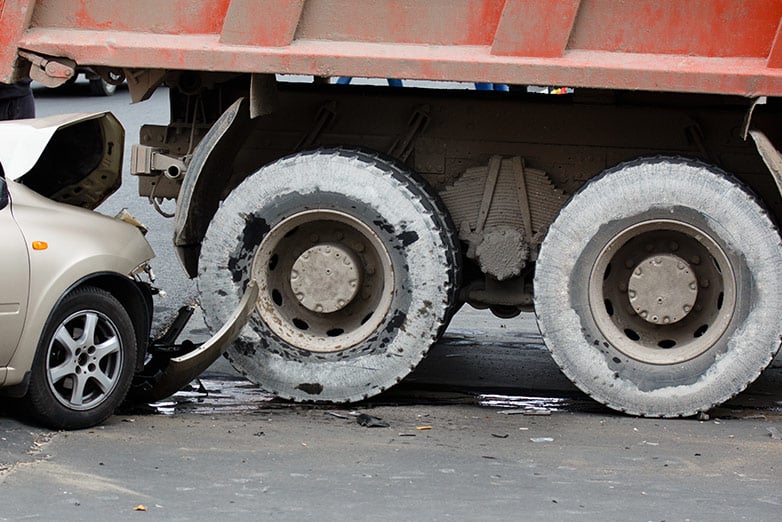
As vehicles have become safer, it would stand to reason that our roads have become safer, too. While such innovations as airbags and seatbelts — along with regulations such as mandated seat belt laws and required car seats — helped lower the number of traffic fatalities in the late 1980s and into the ‘90s, in more recent years, that trend has been reversed.
In fact, 2017 was the first year to show a slight decline in fatalities after back-to-back years of increases. The National Highway Traffic Safety Administration reports that an estimated 37,150 people died in motor vehicle traffic crashes in 2017, down just 0.8% from the 37,461 fatalities that we reported in 2016. However, the report also found that fatalities in crashes involving at least one large truck were projected to have increased by 10 percent.
The NHTSA notes that this is the first time since the fourth quarter of 2014 that reported fatalities overall have not increased. The organization also reports that it is too early to tell if this reversal in traffic fatalities is going to continue.
Don’t Safer Vehicles Mean Safer Roads?
While it would seem that the advancements made in vehicle safety would make our roadways even safer, that isn’t necessarily what the statistics are showing. Walter Cole, Vice President of Training for Smith System Driver Improvement Institute, says that part of the problem is simply that more people are spending more time behind the wheel.
“The number of miles being driven per driver is up and there are more drivers out there, too,” he says.
According to the NHTSA, the number of miles driven overall increased 1.2% from 2016 to 2017, which translates to an additional 39.3 billion miles being logged on American roadways last year.
“But what I think we can really attribute the increased number of crashes to is the amount of distractions we have available in our vehicles.”
While it’s a well-known fact that drinking and driving is directly connected to traffic fatalities, and that texting while driving can be just as deadly, many drivers still underestimate actions such as making or taking a phone call, or “glancing” at the GPS. Any of these distractions, especially if the driver has not given himself adequate space around the vehicle or is traveling too fast, can be deadly.
“We’re in such a rush,” Cole says. “Commute times have increased and it’s easy to think you’re going to shoot off a text or email, or make a phone call. But the more risks you take, and the more you do something behind the wheel that takes you away from the act of driving, the greater your odds of getting in a crash.
“It’s a numbers game.”
What the Statistics Tell Us (And What They Don’t)
Even the most recent statistics aren’t telling the whole story, however. Looking at the number of collisions and even the number of fatalities is only part of the picture.
“For every reported collision, you have so many more that go unreported,” Cole says. “The number of vehicles involved is very high, and the statistics are alarming.”
Although car companies are investing in technology that creates safer cars, that technology can’t completely compensate for driver error. It doesn’t prevent drivers from speeding, texting or watching videos while driving, eating while they’re behind the wheel or participating in any number of other dangerous practices that play out every day on roads and highways.
As cars get safer and smarter, drivers might feel more confident in taking risks, which is where many of the problems occur.
“It’s human error that’s causing crashes. About 90% of collisions can be attributed to human error, but the good news is that there’s an opportunity to address those issues and prevent those collisions,” Cole says.
Calculating the Costs of Collisions
For fleet safety managers, knowing the scope and causes of the problem is just the tip of the iceberg. Unsafe drivers within your company can lead to both hard costs (vehicle damage, workman’s comp, liability lawsuits) and soft costs (loss of productivity, need to hire new workers, damaged company reputation) that affect the bottom line.
Cole says it’s not just educating drivers about their own behavior, but teaching them how to spot and react to the distracted or careless behaviors of drivers around them.
“You have to learn how to give yourself time and distance to react,” he says. “In order to driver safer, you need more space, more visibility and more time. Knowing what you’re looking for, and how you’re going to respond, is a significant part of driver safety.”
Smith System can help improve the safety of your fleet through a combination of classroom and behind-the-wheel instruction.










